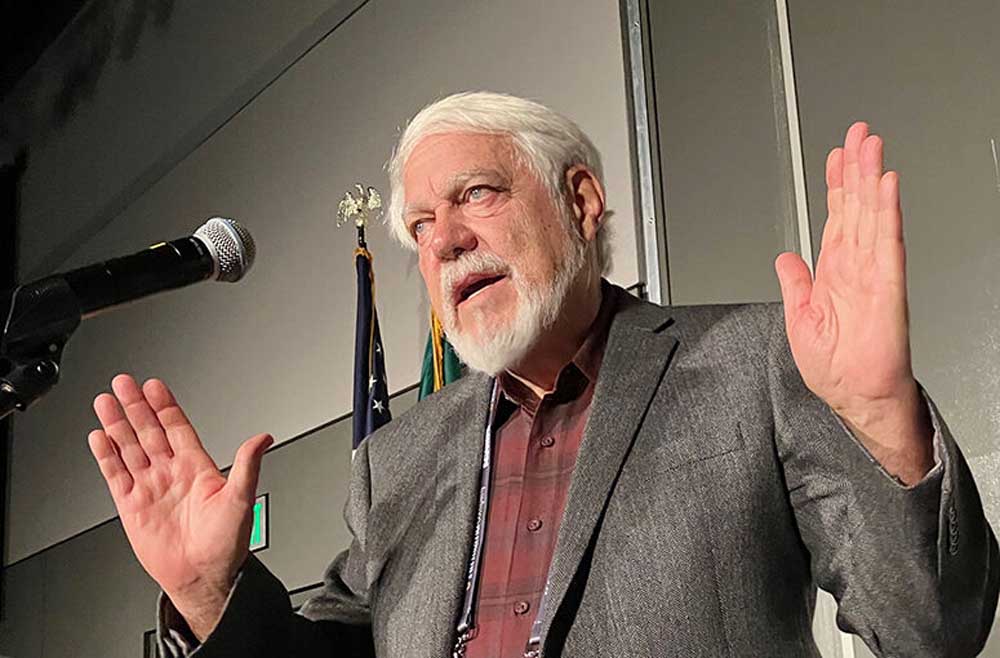Online Auction – Corbett Estate Auction
Corbett Estate Auction Date(s) 4/14/2025 - 4/30/2025 Bidding Opens April 14th at 5pm (pst) Bidding Starts to Close April 30th at 5pm (pst) OFFSITE AUCTION - All items located in […]
Published 2:45 pm Monday, November 13, 2023

Winter and spring in the Pacific Northwest are likely to be warm and wet, according to weatherman Art Douglas.
“Farmers in the Pacific Northwest should be smiling,” Douglas, professor emeritus of atmospheric sciences at Creighton University in Omaha, Neb., told the Capital Press. “For you folks, this is an excellent forecast.”
Douglas has been a mainstay at the Spokane Ag Show for more than 40 years and will update his forecast at the event in February.
El Nino typically means a dry pattern and less snowfall in the Pacific Northwest. But warm weather in the Atlantic Ocean, more typical of a La Nina, will push moisture farther north than normal.
“We’ve got an El Nino coming, it’s not going to be as bad as most El Ninos, even though it’s a strong El Nino and theoretically should be drier,” Douglas said. “The Atlantic is going to be a savior.”
Precipitation is more likely to come in the form of rain. Douglas doesn’t expect much snow cover on the ground this winter.
Sudden cold snaps aren’t likely, he said.
“The threat for cold outbreaks is minimal; that doesn’t mean there won’t be one or two,” Douglas said. “I suspect it will end up a winter with some of the warmest minimum temperatures on average.”
Douglas compared the coming winter to December to February in 1957-1958, 1997-1998 and 2015-2016.
“There isn’t really a year that’s like it, with this warming Atlantic as well as a strong El Nino, with the possible exception of the analog year of 2015-2016,” Douglas said.
El Nino will peak in January, hold steady until March, and then collapse about May, shifting to La Nina by June or July, he said.
In the spring, El Nino will mean cooling along the equator, with warmer sea surface temperatures still intact in the Pacific Ocean. The “destructive phase” of El Nino will churn up a lot of storminess, Douglas said.
The spring is likely to be comparable to similar years in 1958, 1998 and 2016.
March in the Northwest will be fairly dry as storm tracks move south. Douglas predicts above-average temperatures in April and May, and above-average moisture in May — exactly what happens during a La Nina in the region, Douglas said.
“I think it’s a green light forward for folks in the Pacific Northwest,” he said. “If you showed this to a farmer or rancher, they would say, ‘Hey, great.’ Warm spring, relatively wet conditions — we already had a wet late fall and winter, and now we’re going to stay wet yet again and still warm. What more could you ask for?”